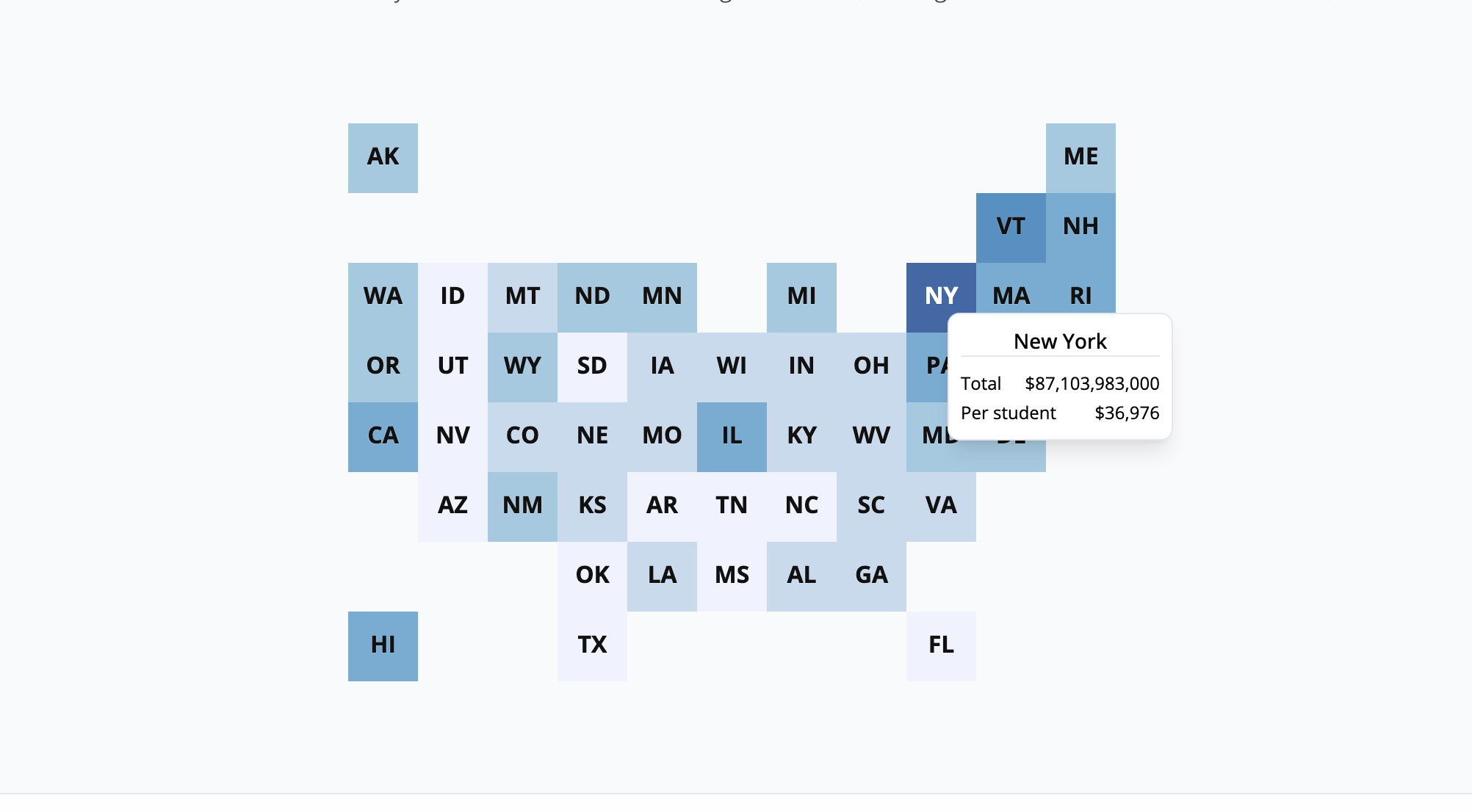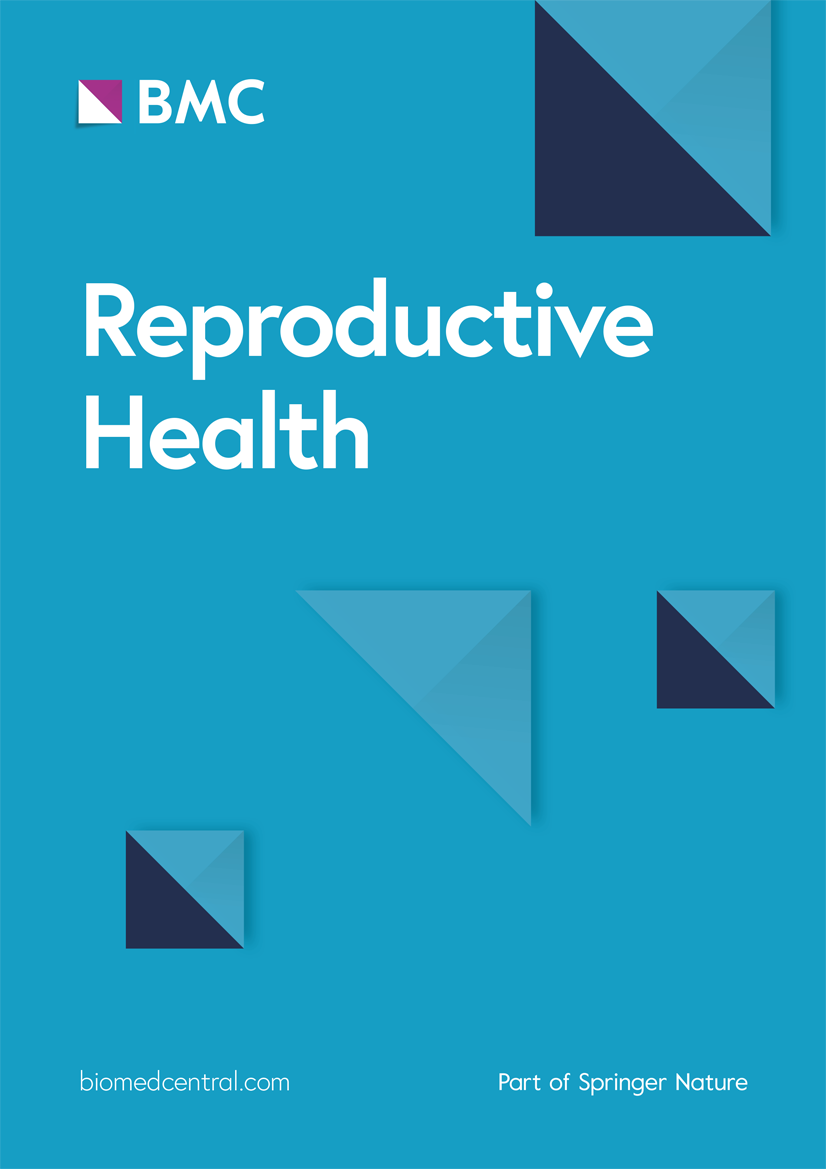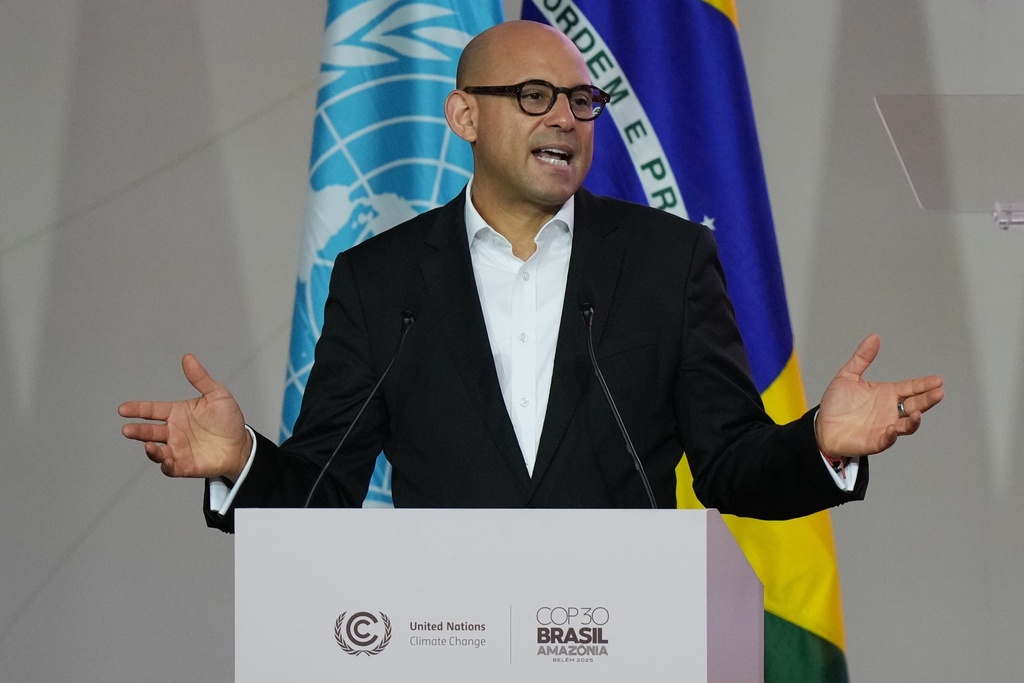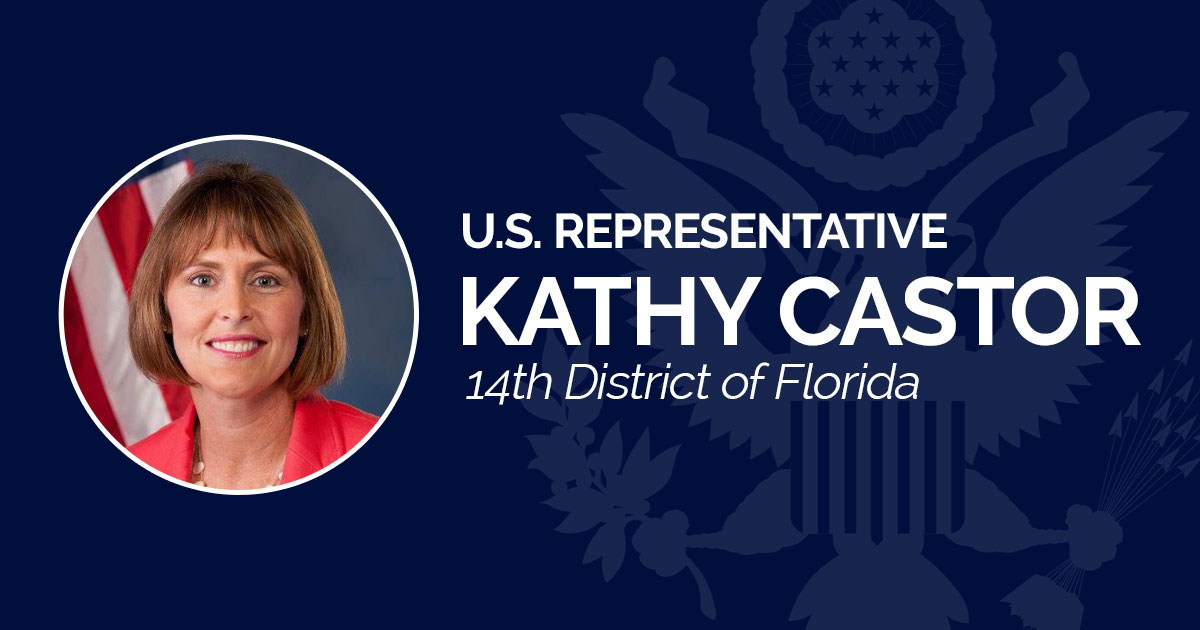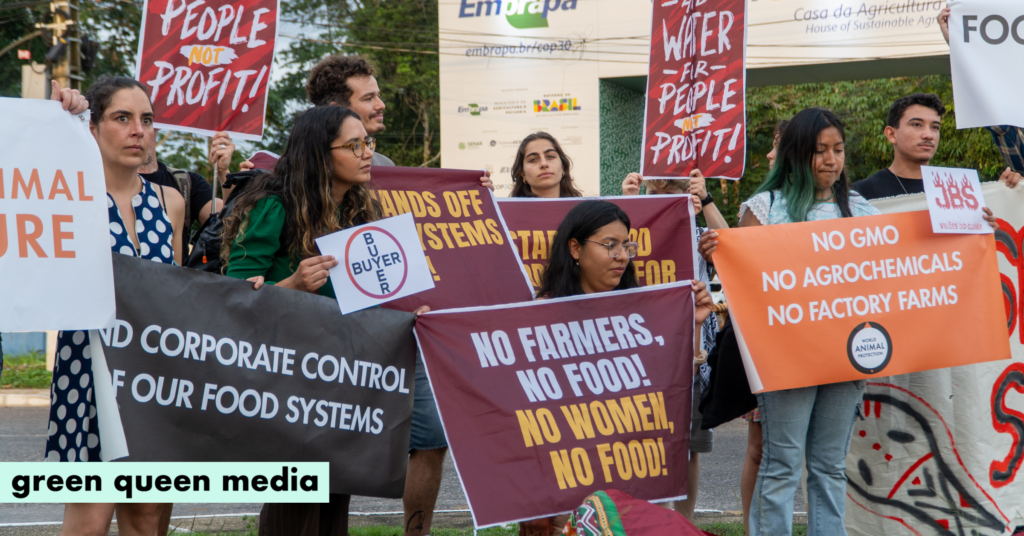Using the courts to combat food waste – Policy Options
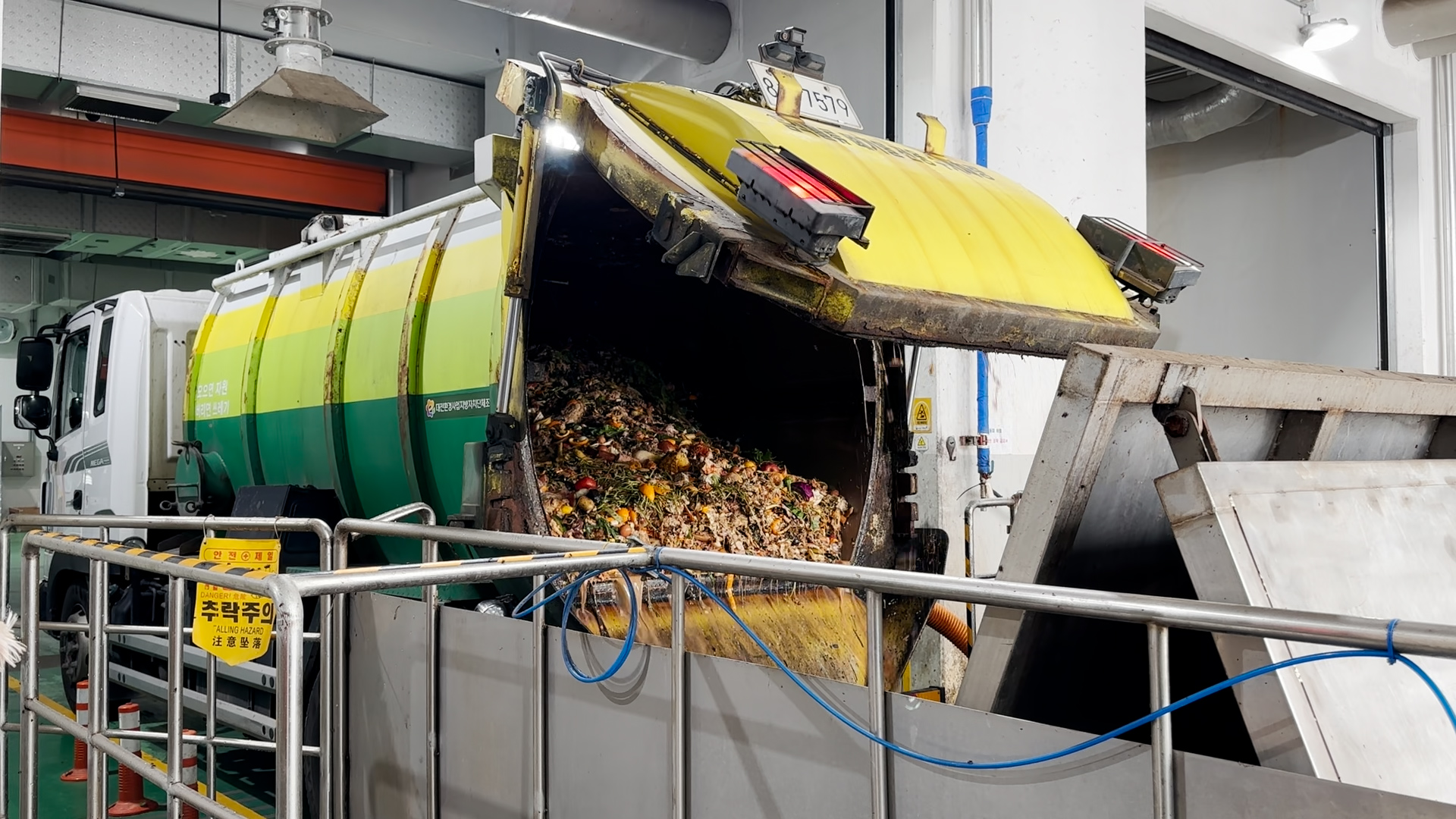
Report on Food Waste as a Barrier to Achieving Sustainable Development Goals
Executive Summary
Systemic food waste in Canada represents a significant impediment to the nation’s progress toward key United Nations Sustainable Development Goals (SDGs). The generation of nearly nine million tonnes of avoidable food waste annually, valued at $58 billion, not only constitutes a major economic loss but also directly undermines efforts related to hunger, climate action, and responsible consumption. This report examines the scale of the problem, its direct conflict with established SDGs, and explores the potential of public nuisance law as a legal instrument to drive accountability and policy change, thereby advancing the 2030 Agenda for Sustainable Development.
The Scope of Food Waste and its Conflict with SDGs
The current scale of food waste in Canada presents a direct contradiction to several core SDGs. The phenomenon, which occurs at every stage of the supply chain from production to consumption, has profound consequences.
- SDG 12: Responsible Consumption and Production: Canada’s avoidable food waste directly contravenes Target 12.3, which calls for halving per capita global food waste at the retail and consumer levels by 2030. The waste is generated by producers, processors, retailers, and households.
- SDG 13: Climate Action: Food waste is a major contributor to greenhouse gas emissions. If global food waste were a country, it would be the third-largest emitter of CO₂. This environmental toll, resulting from unnecessary energy expenditure, deforestation, and water depletion for food that is never consumed, severely hampers climate action efforts.
- SDG 2: Zero Hunger: While millions of tonnes of edible food are discarded, food banks face unprecedented strain, and food insecurity persists. This paradox highlights a critical failure to achieve Zero Hunger, as resources that could feed the vulnerable are instead sent to landfills.
A Legal Framework for Accountability: Public Nuisance and SDG 16
In the face of insufficient government action, tort law, specifically the doctrine of public nuisance, offers a potential pathway to enforce accountability, aligning with SDG 16: Peace, Justice and Strong Institutions. Public nuisance addresses activities that unreasonably interfere with public rights, including health, safety, and comfort.
Establishing a Claim for Food Waste
A legal challenge based on public nuisance would need to overcome several hurdles. The process would involve:
- Defining the Public Right: Claimants could argue that excessive food waste violates the public’s right to a clean environment (supported by environmental protection acts) and the right to food and health (recognized in international treaties signed by Canada).
- Proving Unreasonable Interference: It must be demonstrated that the harm from food waste is an unreasonable interference. This can be argued on the basis that discarding edible food has no social utility, the costs of mitigation are low, and the environmental and social harms are severe and prolonged.
- Establishing Standing to Sue: While typically reserved for the Attorney General, citizens who suffer “special damage”—such as the disproportionate health and economic burdens faced by the food-insecure—could potentially bring a claim.
- Identifying Defendants: While all sectors contribute, litigation could strategically target high-impact sectors like large grocery retailers and the food service industry, where waste is highly concentrated and control over the supply chain is greatest.
Potential Outcomes and Advancement of the 2030 Agenda
Utilizing public nuisance litigation could catalyze significant progress on the SDGs, regardless of the legal outcome.
Driving Systemic Change
- Corporate Accountability (SDG 12): Litigation can pressure corporations into adopting more sustainable business practices, such as reducing waste, normalizing imperfect produce, and improving donation logistics.
- Policy and Law Reform (SDG 16): A high-profile case can highlight failures in the current regulatory approach, spurring governments to enact meaningful reforms.
- Public Awareness (SDG 2, 12, 13): Legal action can raise community awareness about the interconnectedness of food waste, food insecurity, and environmental degradation, fostering a culture of sustainability.
Recommended Policy Actions
To align with SDG targets, particularly 12.3, legal pressure could encourage the adoption of policies such as:
- Mandatory food waste reporting for major food retailers and producers.
- Revising regulations on “best-before” dates to reduce consumer confusion and premature disposal of safe, edible food.
- Implementing a national food donation mandate, similar to the French model, which legally requires supermarkets to donate unsold, edible food to charities, directly supporting SDG 2.
In conclusion, leveraging the legal system through public nuisance claims presents a largely untapped opportunity for Canadian courts to play a pivotal role in addressing the harms of food waste and accelerating progress toward a more sustainable and equitable future as envisioned by the Sustainable Development Goals.
1. Which SDGs are addressed or connected to the issues highlighted in the article?
SDG 2: Zero Hunger
The article directly addresses food insecurity, highlighting how the burden of feeding people falls on food banks that are under “unprecedented strain” due to “soaring demand.” It connects the “epidemic of food waste” to social inequality and discusses the public’s right to food, which is central to SDG 2.
SDG 12: Responsible Consumption and Production
This is the most prominent SDG in the article. The entire piece revolves around the “epidemic of food waste” from “farm to fork.” It quantifies the waste in Canada (“nearly nine million tonnes of avoidable food waste each year”) and discusses unsustainable practices by producers, processors, retailers, and consumers. It also proposes solutions like normalizing imperfect produce and revising best-before dates, which are key to sustainable consumption and production patterns.
SDG 13: Climate Action
The article explicitly links food waste to climate change, stating that if ranked as a source of greenhouse gases, “global food waste would be the third-largest emitter, responsible for 3.3 gigatonnes of CO₂ emissions annually.” This directly connects the issue to the goals of mitigating climate change.
SDG 3: Good Health and Well-being
The article connects food insecurity, a consequence of the food system’s failures, to negative health outcomes. It states that research has “tied food insecurity to heightened health risks, cognitive problems, poorer psychosocial and academic development in children.” This establishes a clear link to the goal of ensuring healthy lives and promoting well-being.
SDG 15: Life on Land
The environmental impact of food waste on terrestrial ecosystems is mentioned. The article notes that food waste “contributes to biodiversity loss and contributes to deforestation, water depletion, and unnecessary energy expenditure,” all of which are concerns addressed by SDG 15.
SDG 16: Peace, Justice and Strong Institutions
The article proposes using legal frameworks, specifically “tort law – particularly public nuisance,” to address the food waste crisis. It discusses how citizens could use the courts to challenge food waste, highlighting the role of justice systems and law reform in tackling systemic failures. It also mentions the need for government action, such as “making food waste reporting mandatory” or implementing a “donation mandate,” which relates to building effective and accountable institutions.
2. What specific targets under those SDGs can be identified based on the article’s content?
-
SDG 2: Zero Hunger
- Target 2.1: By 2030, end hunger and ensure access by all people, in particular the poor and people in vulnerable situations, including infants, to safe, nutritious and sufficient food all year round. The article’s focus on “food insecurity,” the “public’s right to food,” and the strain on food banks directly relates to this target.
-
SDG 12: Responsible Consumption and Production
- Target 12.3: By 2030, halve per capita global food waste at the retail and consumer levels and reduce food losses along production and supply chains, including post-harvest losses. This target is the central theme of the article, which details waste “from farm to fork,” including unharvested crops, rejected produce, and waste from retailers and households.
- Target 12.5: By 2030, substantially reduce waste generation through prevention, reduction, recycling and reuse. The article’s proposals, such as donating surplus food instead of throwing it away, directly support waste reduction.
- Target 12.8: By 2030, ensure that people everywhere have the relevant information and awareness for sustainable development and lifestyles in harmony with nature. The article suggests that litigation and public awareness campaigns could “influence policy, practice and public perceptions” about food waste.
-
SDG 13: Climate Action
- Target 13.2: Integrate climate change measures into national policies, strategies and planning. The article criticizes “insufficient” government efforts and proposes policy changes (e.g., mandatory reporting, donation mandates) that would integrate the climate impact of food waste into national strategy.
3. Are there any indicators mentioned or implied in the article that can be used to measure progress towards the identified targets?
-
For Target 12.3 (Halve food waste):
- Food Waste (Mass): The article mentions “nearly nine million tonnes of avoidable food waste each year” in Canada. A reduction in this tonnage would be a direct indicator of progress.
- Food Waste (Value): The article quantifies the waste as “$58 billion worth of food.” Tracking a decrease in this monetary value would be another key indicator.
- Food Loss Index/Food Waste Index: While not named, the data points provided are the components used to calculate these official SDG indicators. The article breaks down waste by stages, such as “crops are left unharvested,” produce is “rejected by grocers,” and waste from “retail and the food service industry,” which aligns with the measurement points for these indices.
-
For Target 13.2 (Integrate climate measures):
- Greenhouse Gas Emissions: The article provides the figure of “3.3 gigatonnes of CO₂ emissions annually” from global food waste. Measuring the reduction of GHG emissions specifically from the food waste sector would be a direct indicator.
-
For Target 2.1 (End hunger):
- Prevalence of Food Insecurity: The article discusses “food insecurity” and the “soaring demand” at food banks. Measuring the number of individuals or households facing food insecurity and the demand for food bank services would serve as indicators.
-
For Policy and Awareness (Targets 12.5, 12.8, 16.6):
- Adoption of New Policies: The article suggests specific, measurable policies. Progress could be indicated by the implementation of a “donation mandate similar to that of France,” “making food waste reporting mandatory,” or “revising rules on best-before dates.”
4. Table of SDGs, Targets, and Indicators
| SDGs | Targets | Indicators Identified in the Article |
|---|---|---|
| SDG 2: Zero Hunger | 2.1: End hunger and ensure access to safe, nutritious and sufficient food. |
|
| SDG 12: Responsible Consumption and Production |
12.3: Halve per capita food waste at retail and consumer levels and reduce food losses along production chains.
12.5: Substantially reduce waste generation. |
|
| SDG 13: Climate Action | 13.2: Integrate climate change measures into national policies. |
|
| SDG 3: Good Health and Well-being | 3.4: Promote mental health and well-being. |
|
| SDG 15: Life on Land | 15.2: Promote sustainable management of all types of forests, halt deforestation. |
|
| SDG 16: Peace, Justice and Strong Institutions | 16.6: Develop effective, accountable and transparent institutions. |
|
Source: policyoptions.irpp.org

What is Your Reaction?
 Like
0
Like
0
 Dislike
0
Dislike
0
 Love
0
Love
0
 Funny
0
Funny
0
 Angry
0
Angry
0
 Sad
0
Sad
0
 Wow
0
Wow
0





